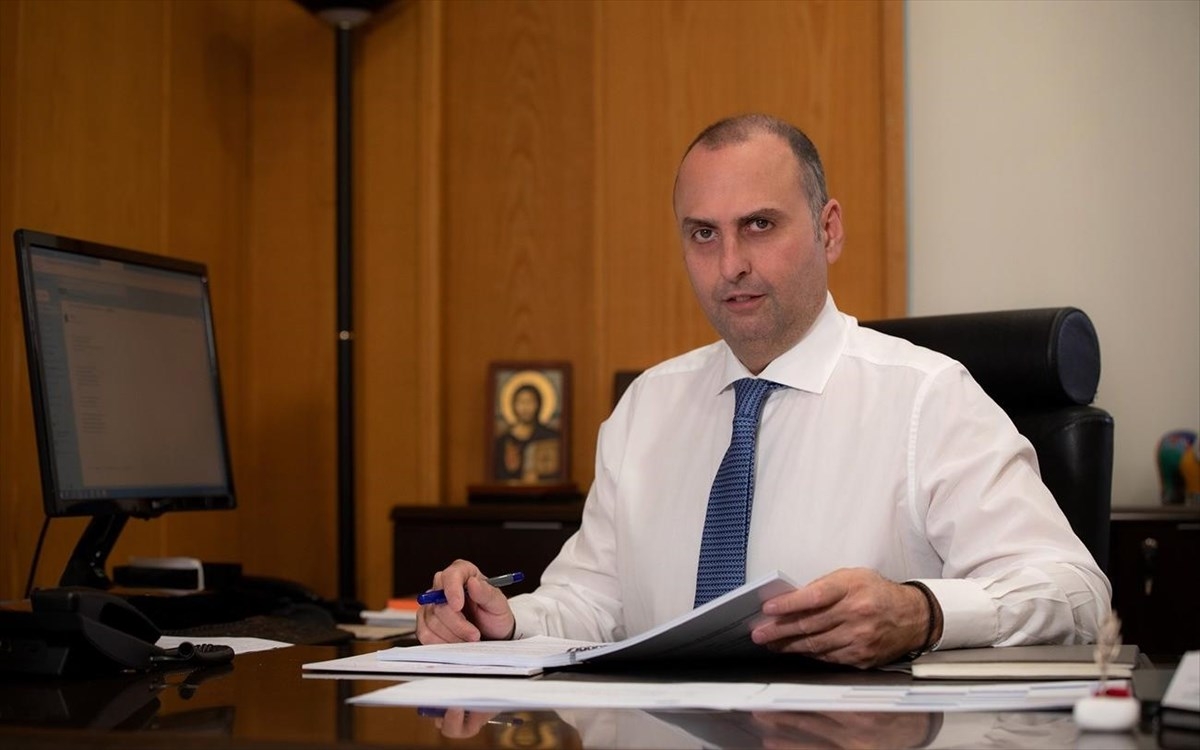In more detail:
Line 4 of the Athens Metro. It is the largest infrastructure project
under construction in Europe today, 13 km long, within the urban fabric,
with 15 new stations that will radically change the landscape of travel
in the capital.
The construction of the Northern Road Axis of Crete, an emblematic
project with a total length of 193 km, estimated cost of 1.75 billion
euros, is in the process of completion of the required studies
In the coming months, the construction of the northern part of the E65
highway, with a total length of 70.47km, will begin, which will
contribute to the faster and safer road connection of the region of
Western Macedonia with Central Greece, at a contractual cost of 443
million euros.
The studies were completed and a few days ago the Environmental Impact
Study of the submarine road link of Salamina was submitted. The project
envisages the construction of a 1.2 km long underwater tunnel that will
connect Perama with the islet of Ag. Georgiou and the construction of a
road section 5 km from Schistou Avenue in Perama (tunnel entrance) and
an uneven junction connection with the road network of the Municipality
of Perama, estimated cost 500m. euro.
In the next period, the expansion of the Suburban Railway in West Attica
will be auctioned, which will significantly upgrade the lives of the
citizens of West Attica and will benefit in general and mainly the areas
of Aspropyrgos, Elefsina, Loutropyrgos and Nea Peramos. The project has
been included for funding from the Recovery Fund
The road connection of Kimi Avenue is at a similar stage, a project that
will serve an average daily traffic of 30,000 vehicles per day, which
will move between the center of Athens (including the areas of Psychiko,
Halandri, Maroussi) and the Athens-Lamia National Road north of
Kifissia.
For the Thessaloniki Metro, the government has pledged that it will
operate within 2023 if it soon clears the landscape with the judicial
involvement in the SC, while at the same time the contract for the
preliminary works will be signed soon.
The studies of the new extensions of Attiki Odos are progressing so that
they constitute the new big projects that will be executed since their
total budget exceeds 1.5 billion, as well as the competitive process of
the competitive dialogue for the railway interconnection of the ports of
Rafina and of Lavrio
Regarding PPP projects, the government is preparing a large package,
with a total budget of 3.5 billion euros, which will upgrade, modernize
and shield the country's infrastructure.
The three road projects - the New East Inner Regional Ring Road of
Thessaloniki, also known as Flyover with a budget of 370 million euros,
Kalamata - Rizomylos and Hersonissos - Neapoli (BOAK), are already in
the tender process and are expected to have temporary contractors within
of 2021,
Within the first quarter of 2022, the tender procedures for the building
projects of the 17 school units of Central Macedonia, the 12
Courthouses in Central Macedonia, Central Greece and Crete and the new
bioclimatic building of the General Directorate will be completed.
Water supply projects, such as the Havria Dam, whose tender process is
in the completion of Phase A and the operation and maintenance of the
external water supply network of EYDAP, which will be announced in May,
Finally, in the next period, the operation and maintenance works of the
Thessaloniki Metro and the electronic tolls are expected to be
auctioned.
Finally, regarding the railway projects, the immediate priority is to
complete the projects on the Patras - Athens - Eidomeni axis.
First and foremost, the Athens-Thessaloniki section is completed, where
the electrification and signaling works are carried out, so that in 2023
the route will be completed in 3 hours and 15 minutes. The Thessaloniki
- Eidomeni section will be contracted within the year and will be
completed within 2024.
For the axis to Patras, in the coming months the contract will be
announced that will close any outstanding issues from Rododafni to Rio
and at the same time the big project of Rio-Patras will start through a
competitive dialogue. Most of the line will be underground and free
spaces will be provided for regeneration and creation of green spaces
within the dense urban fabric.















